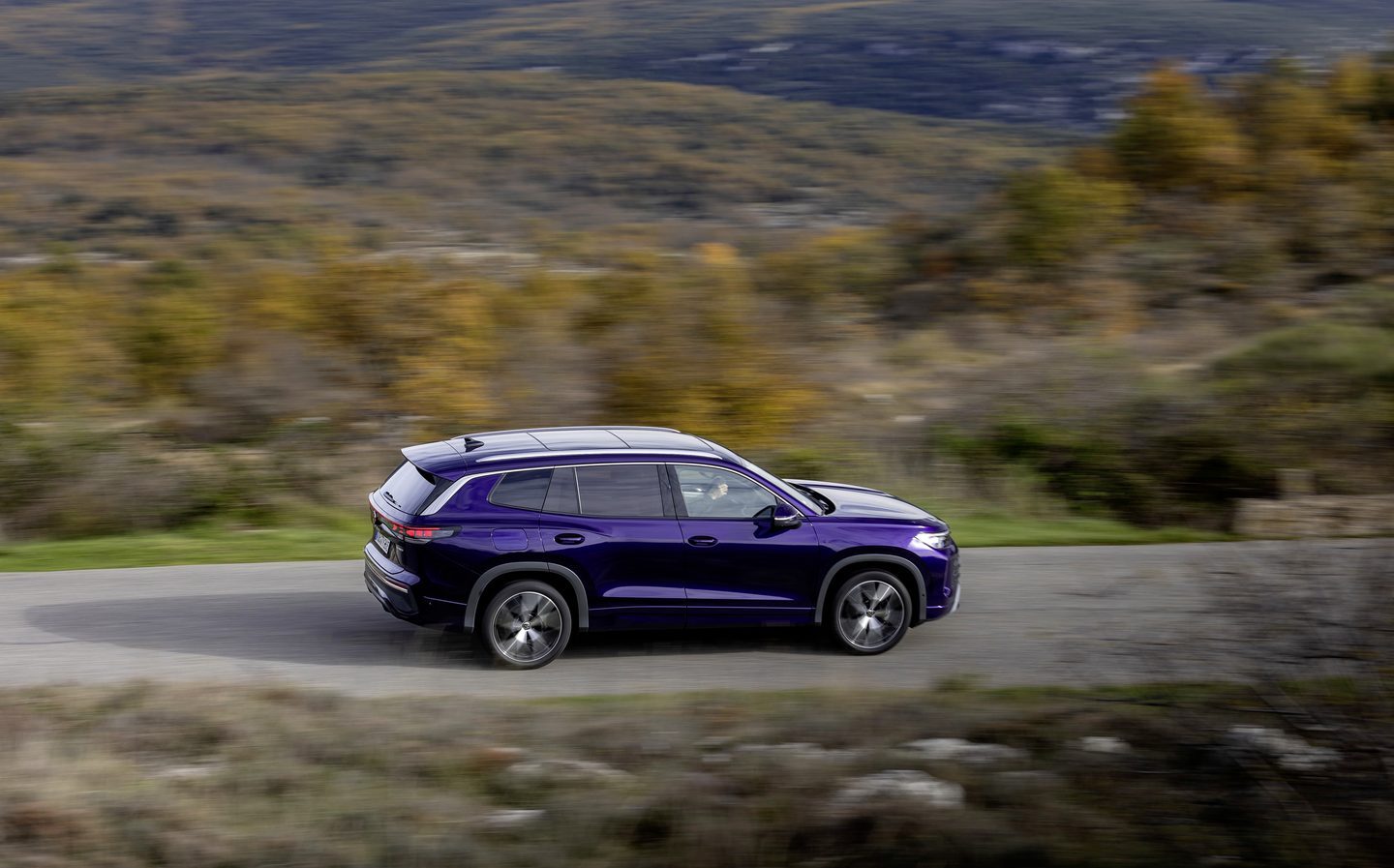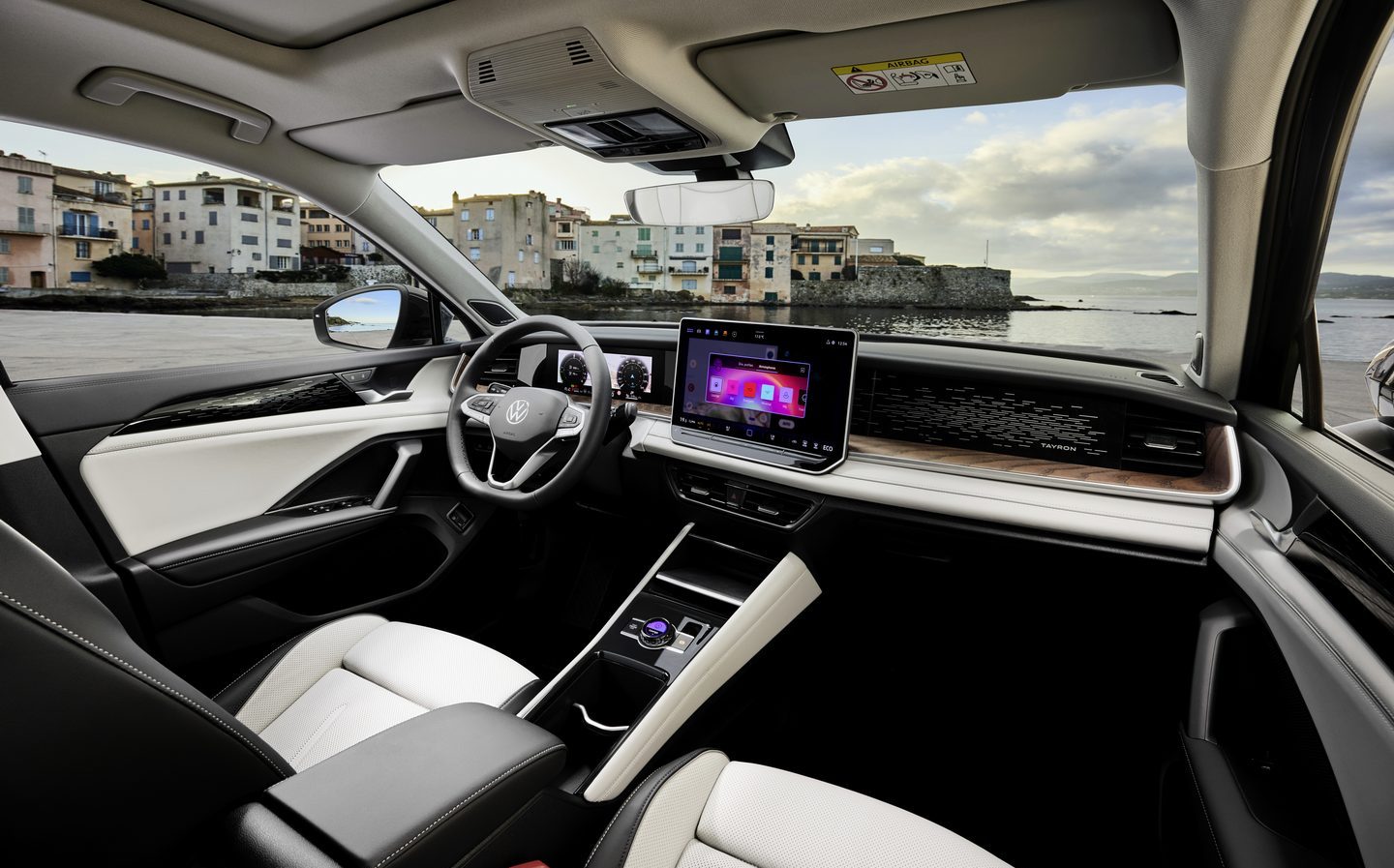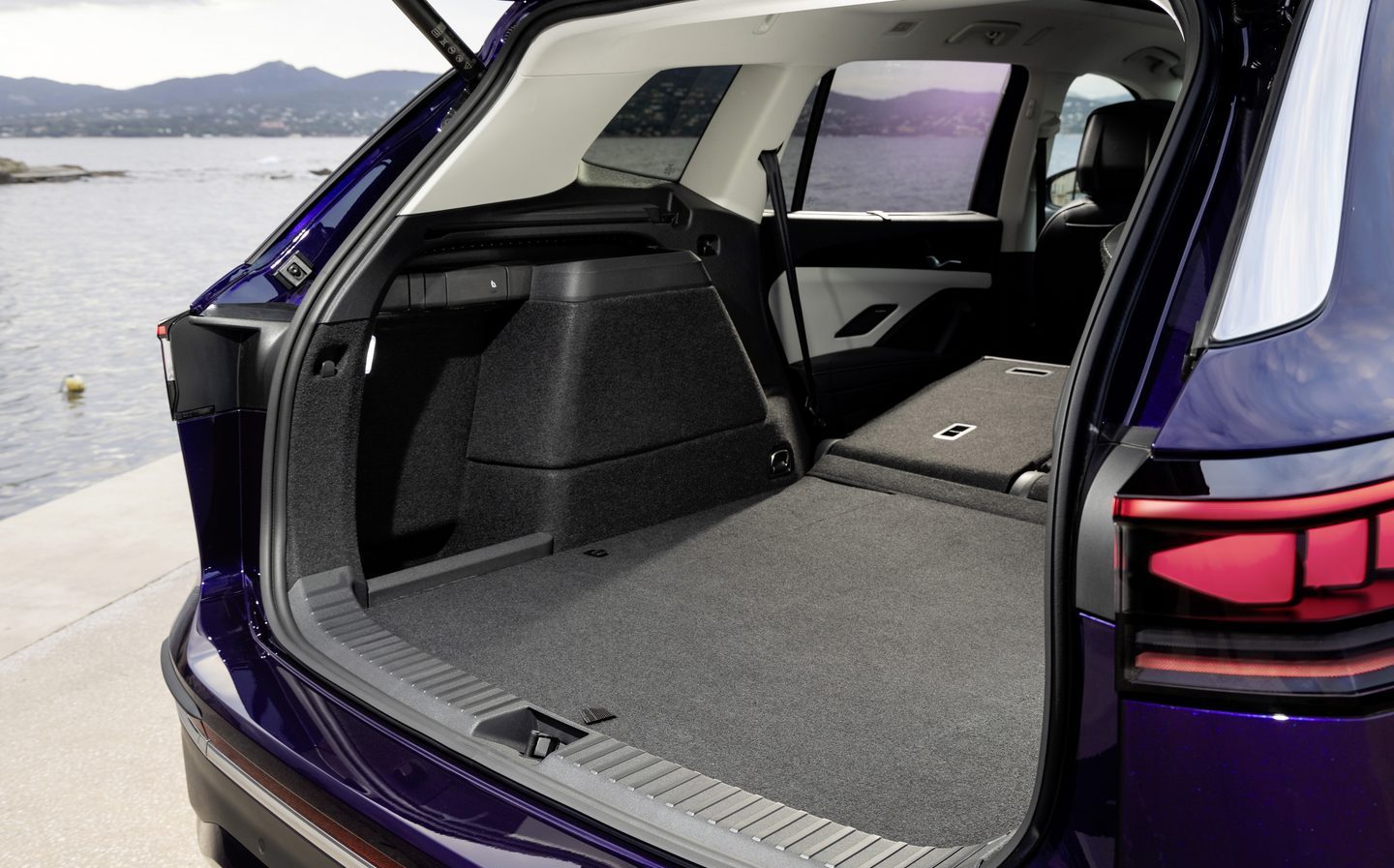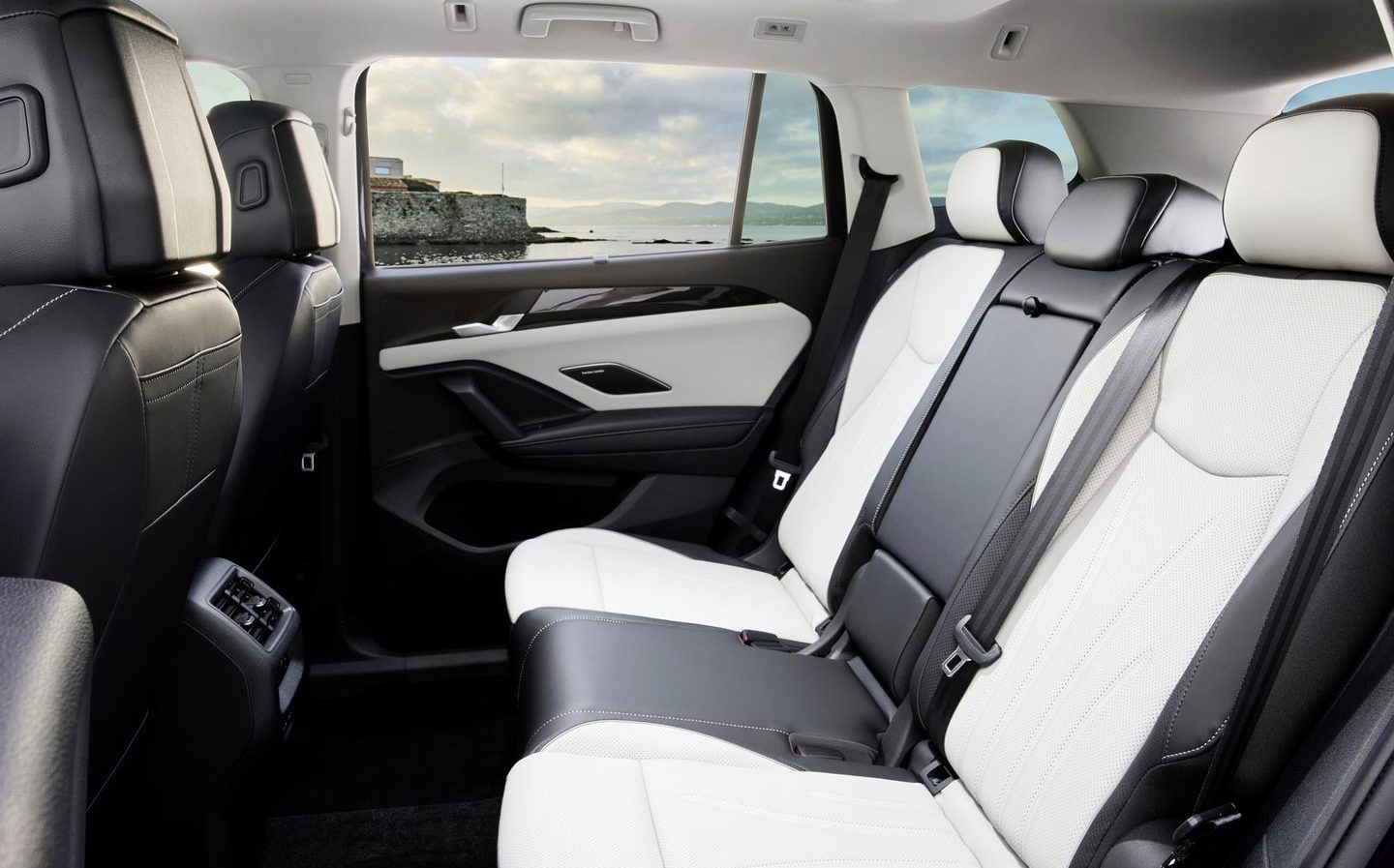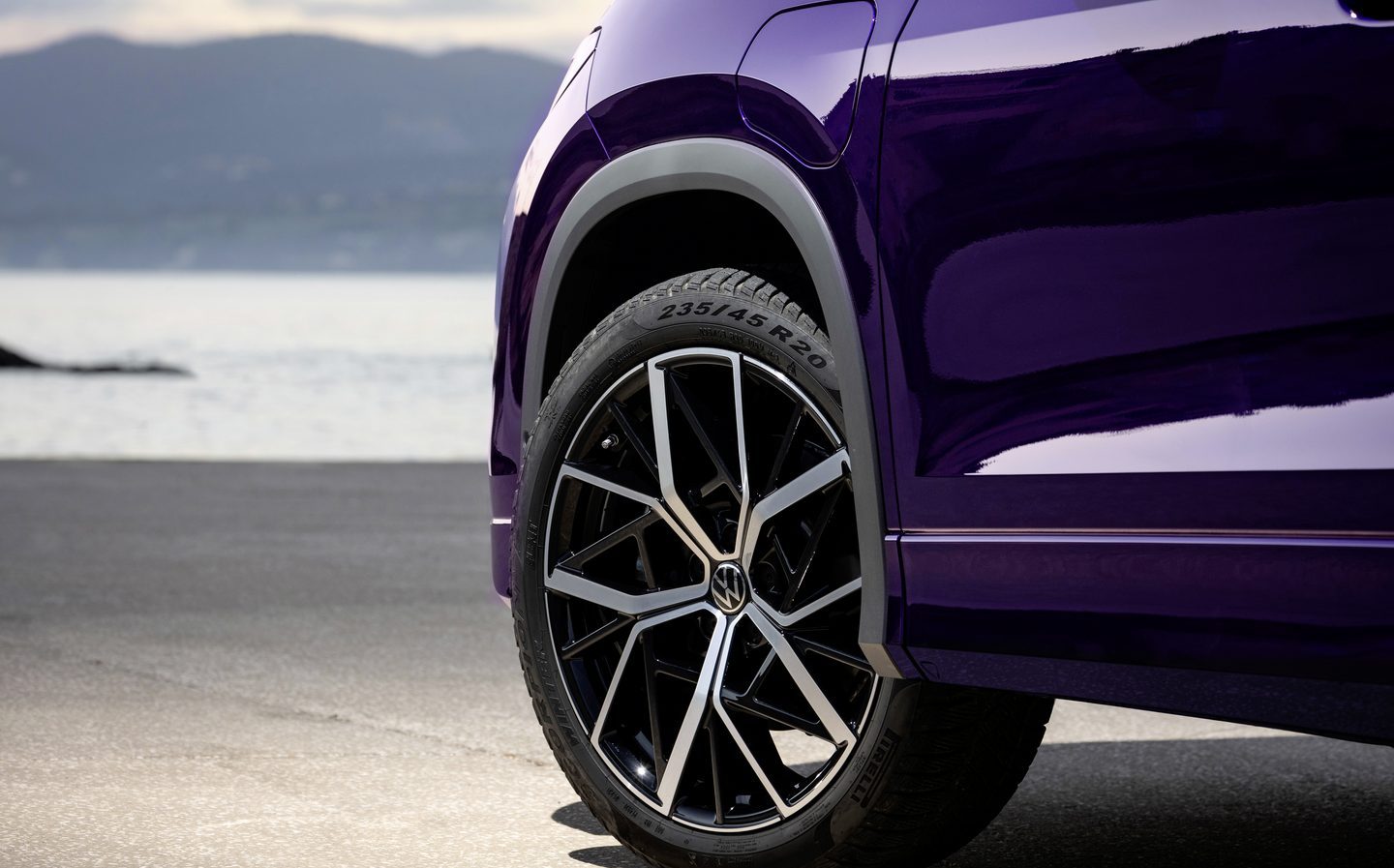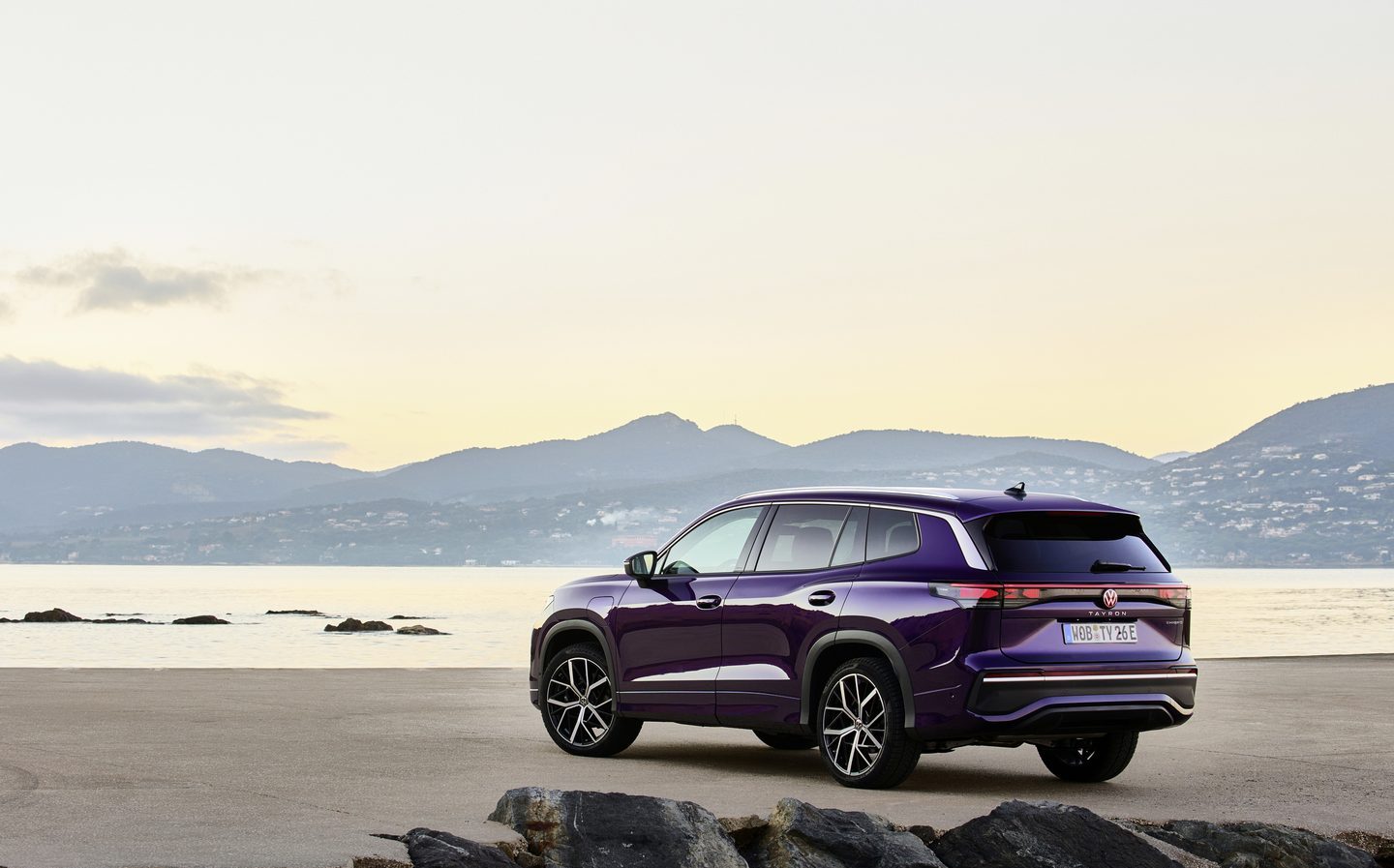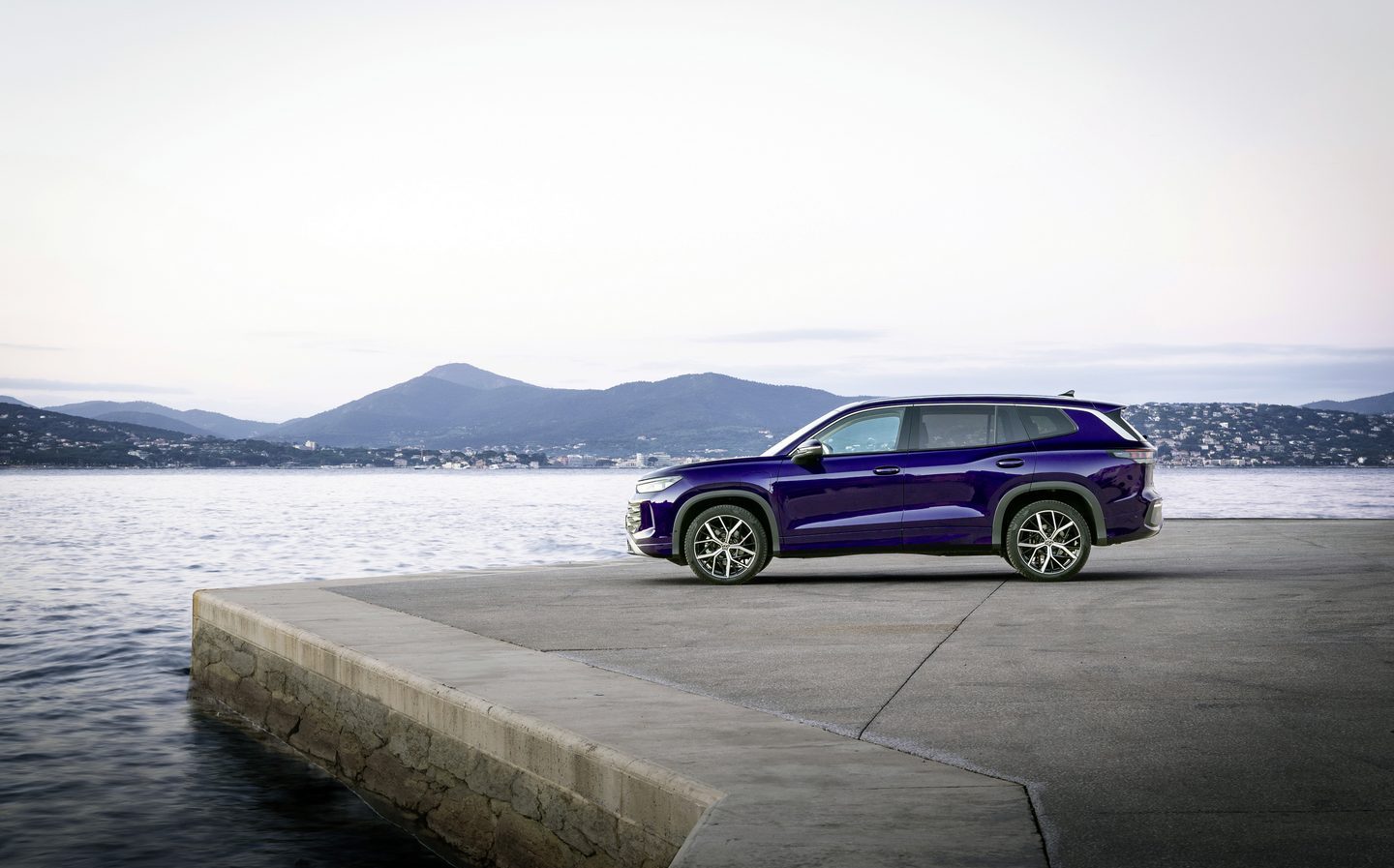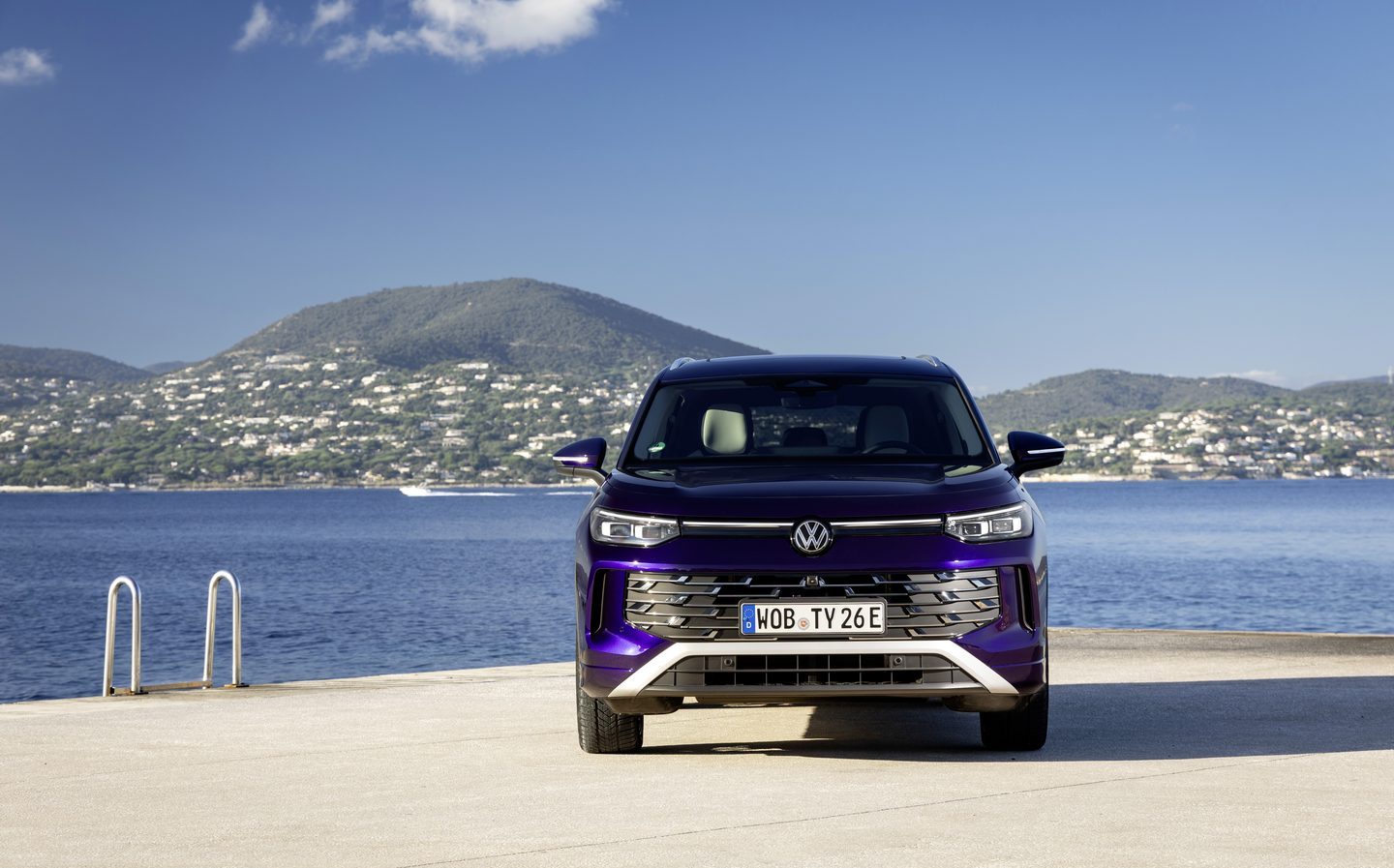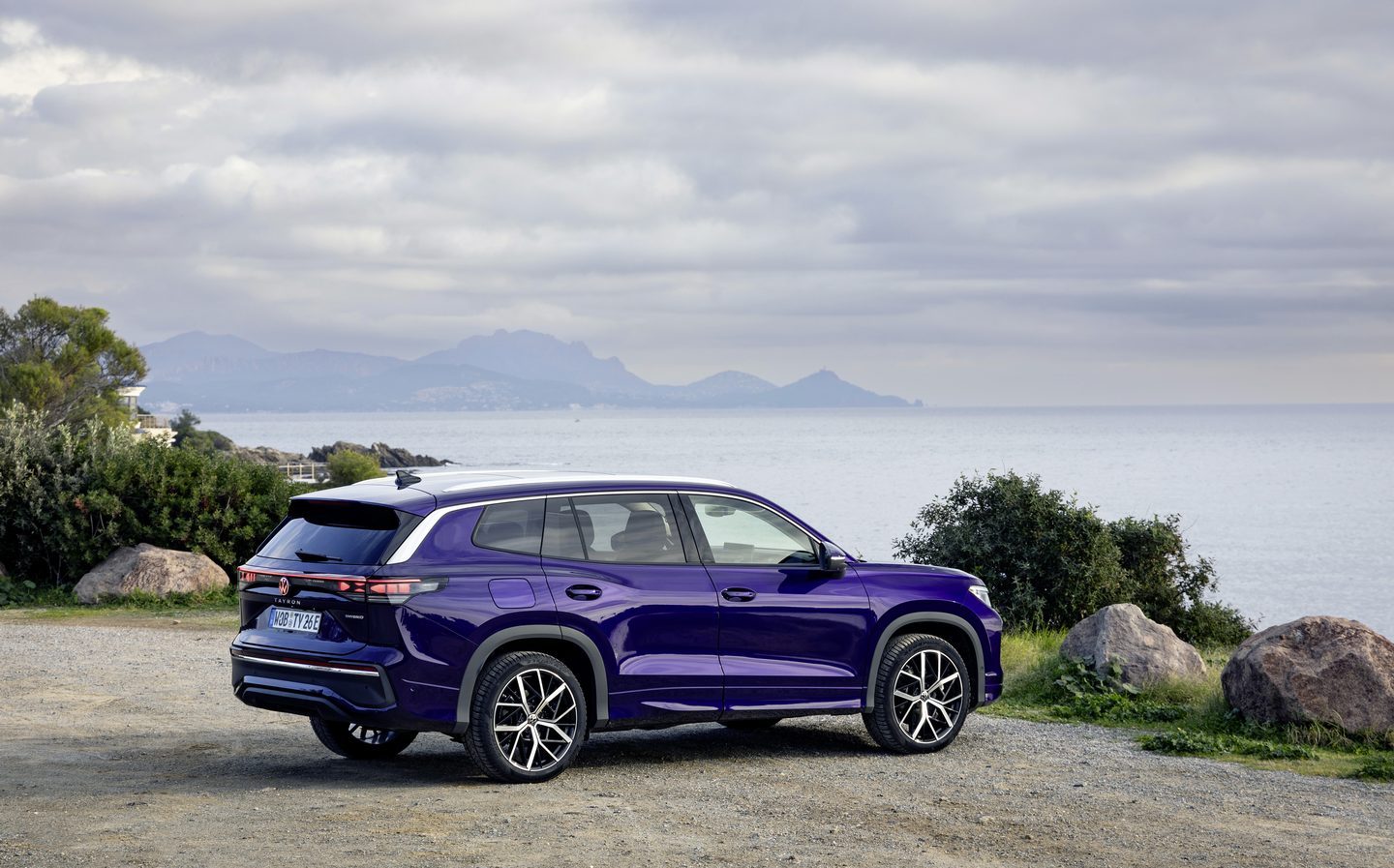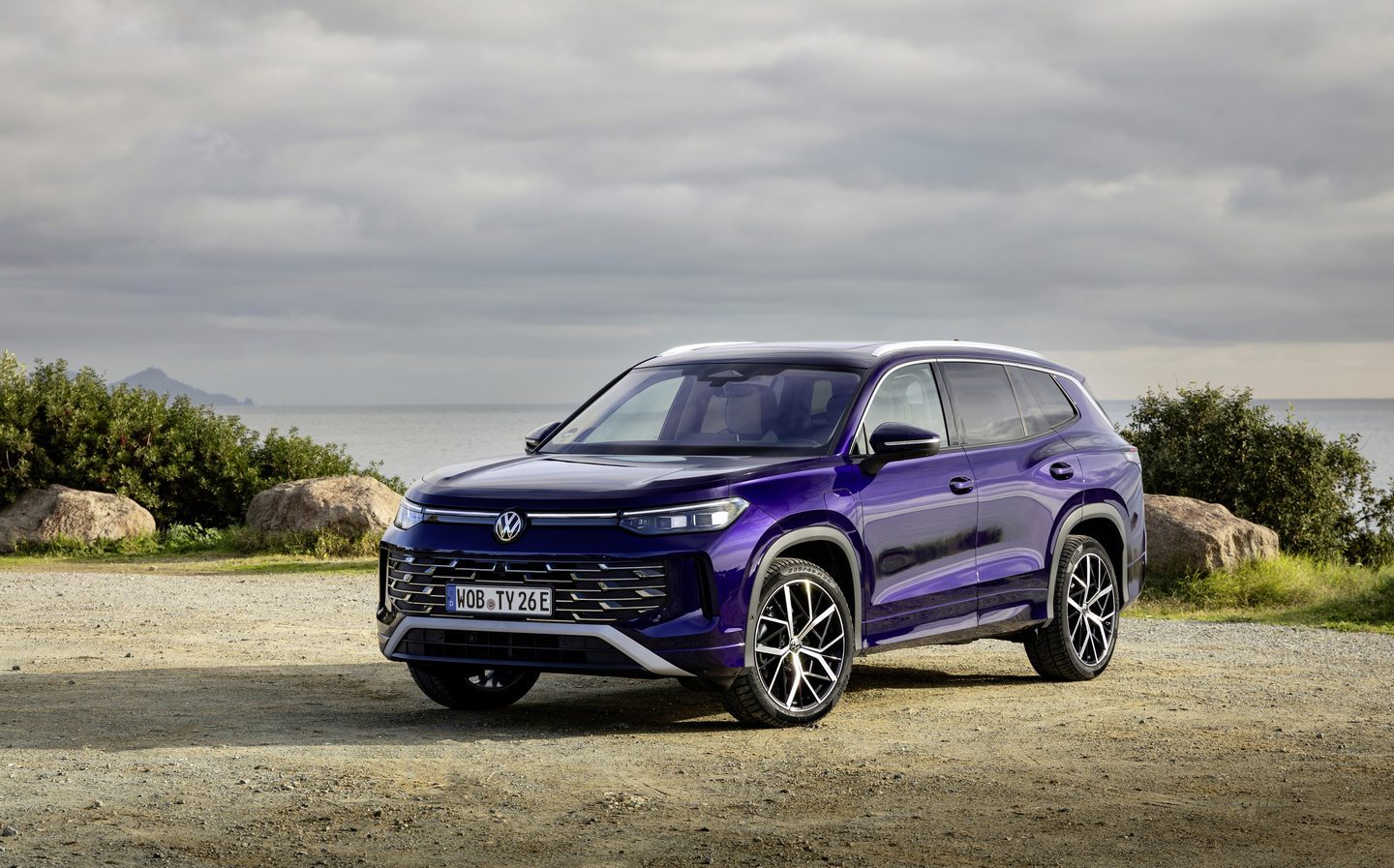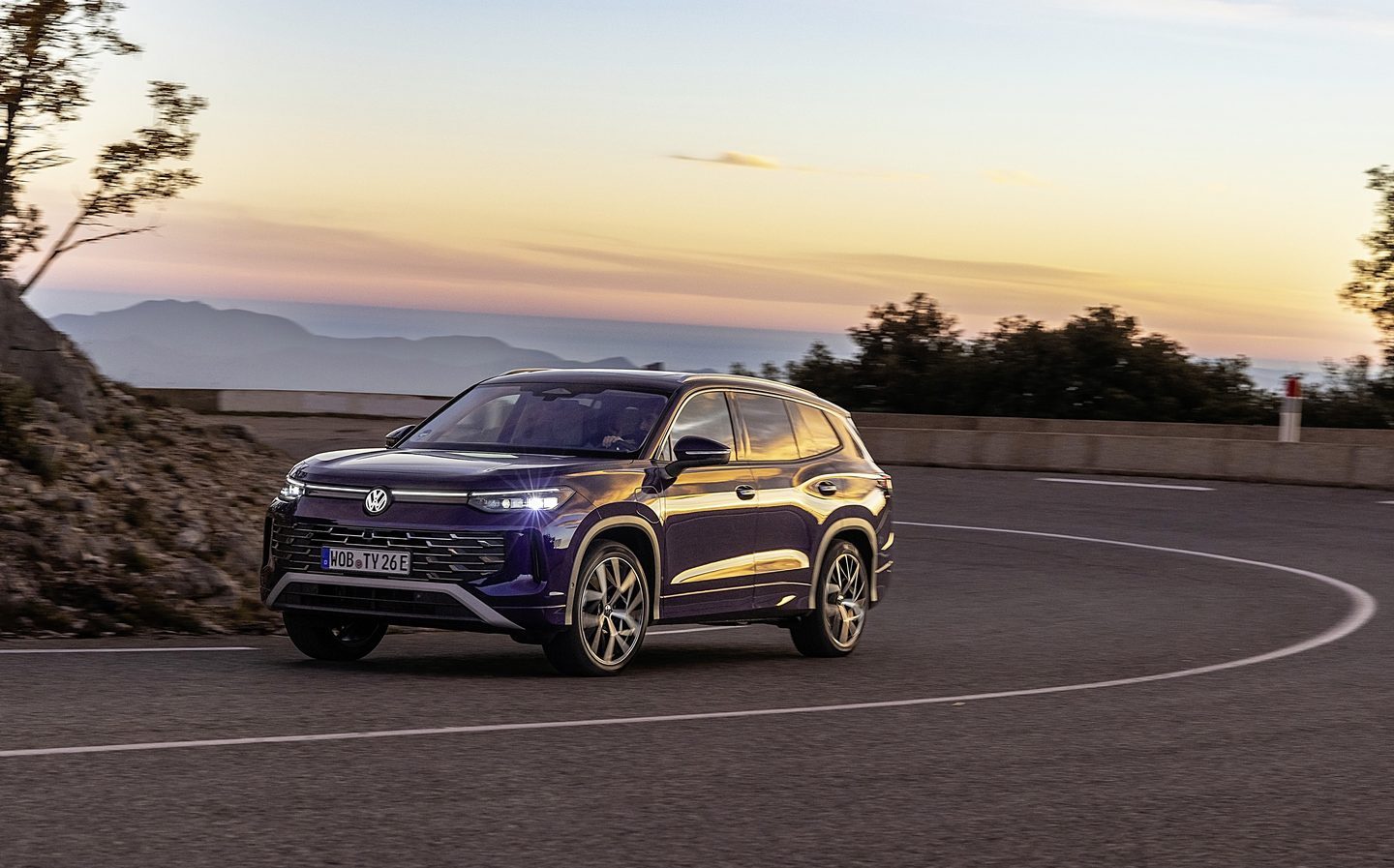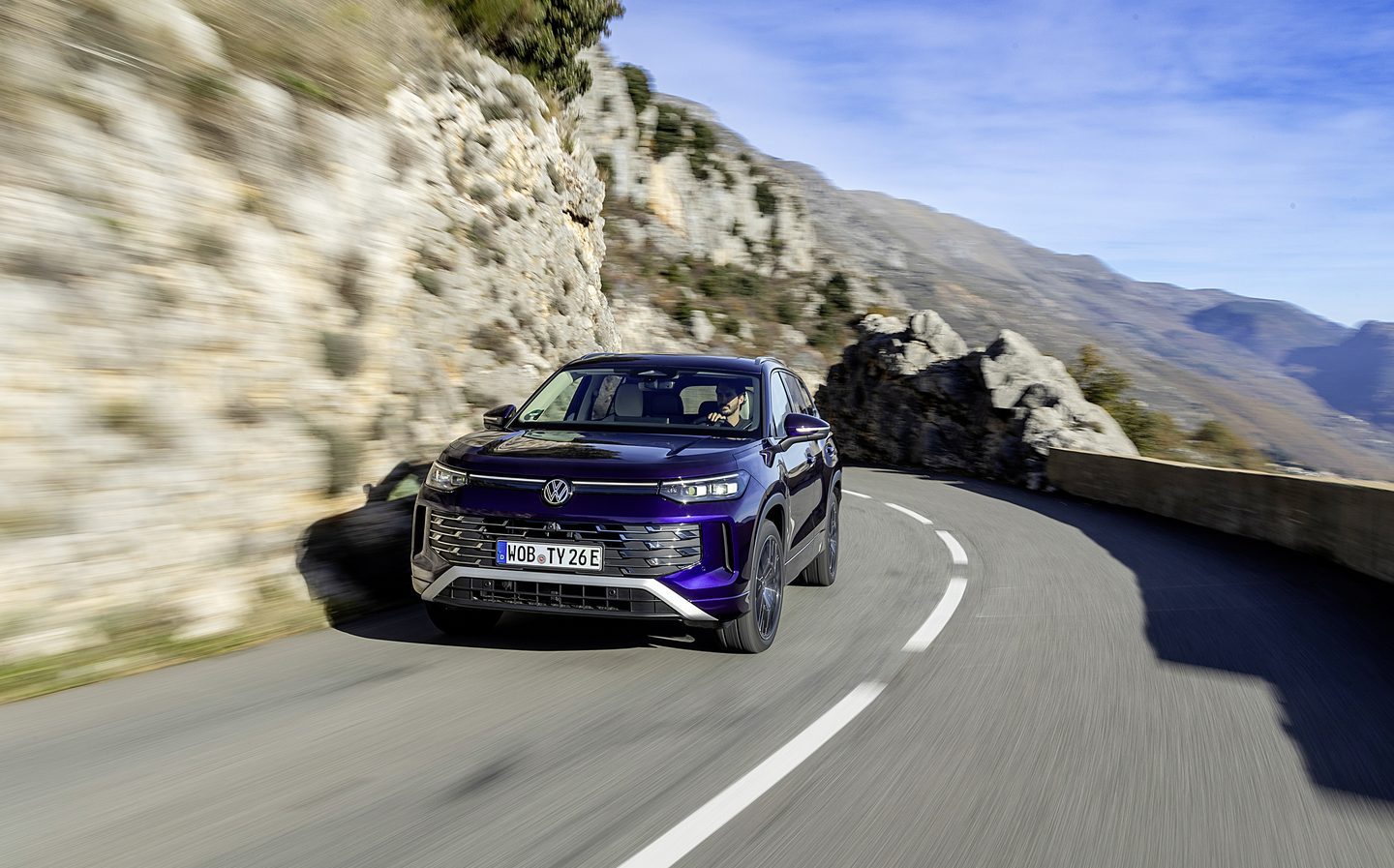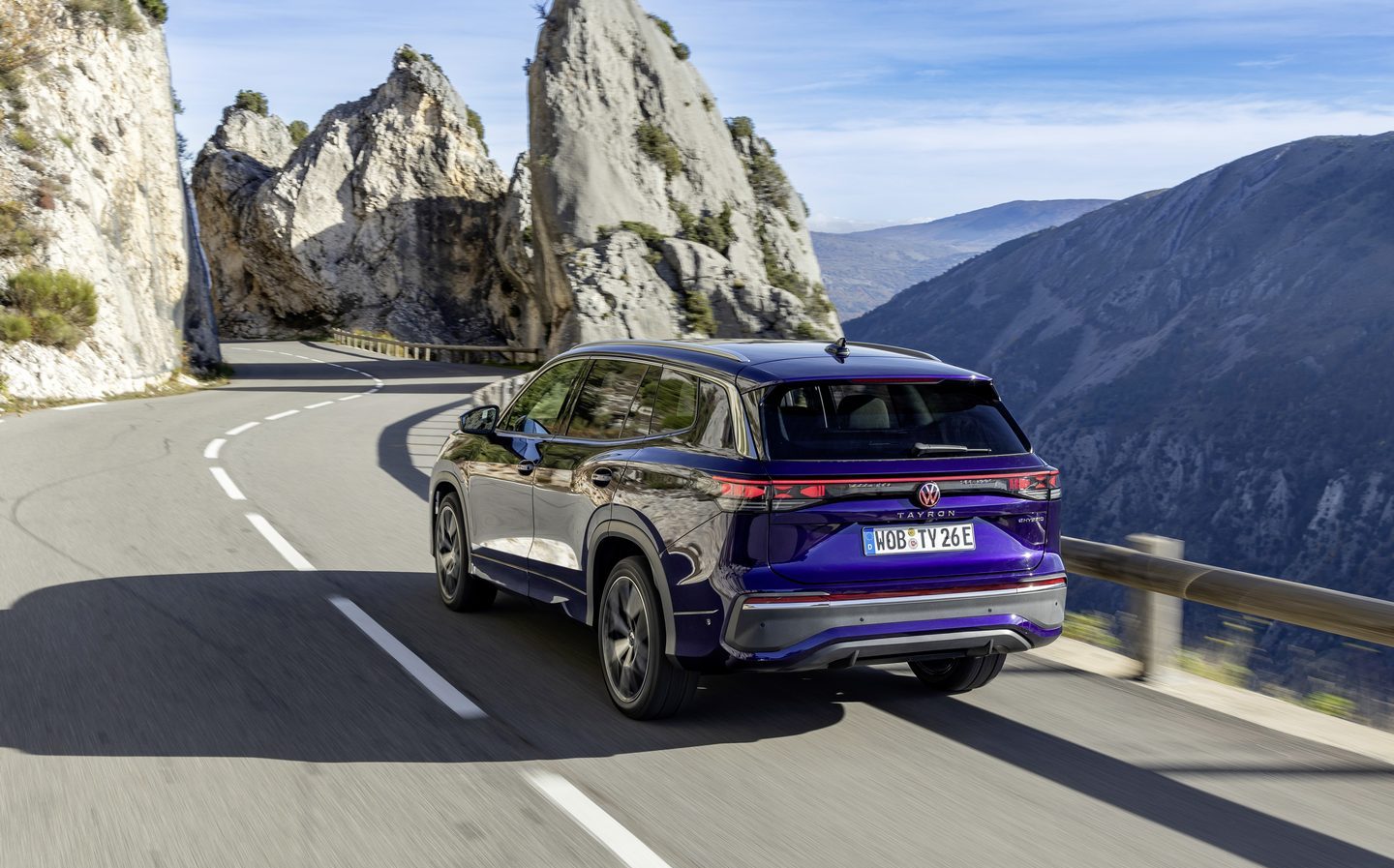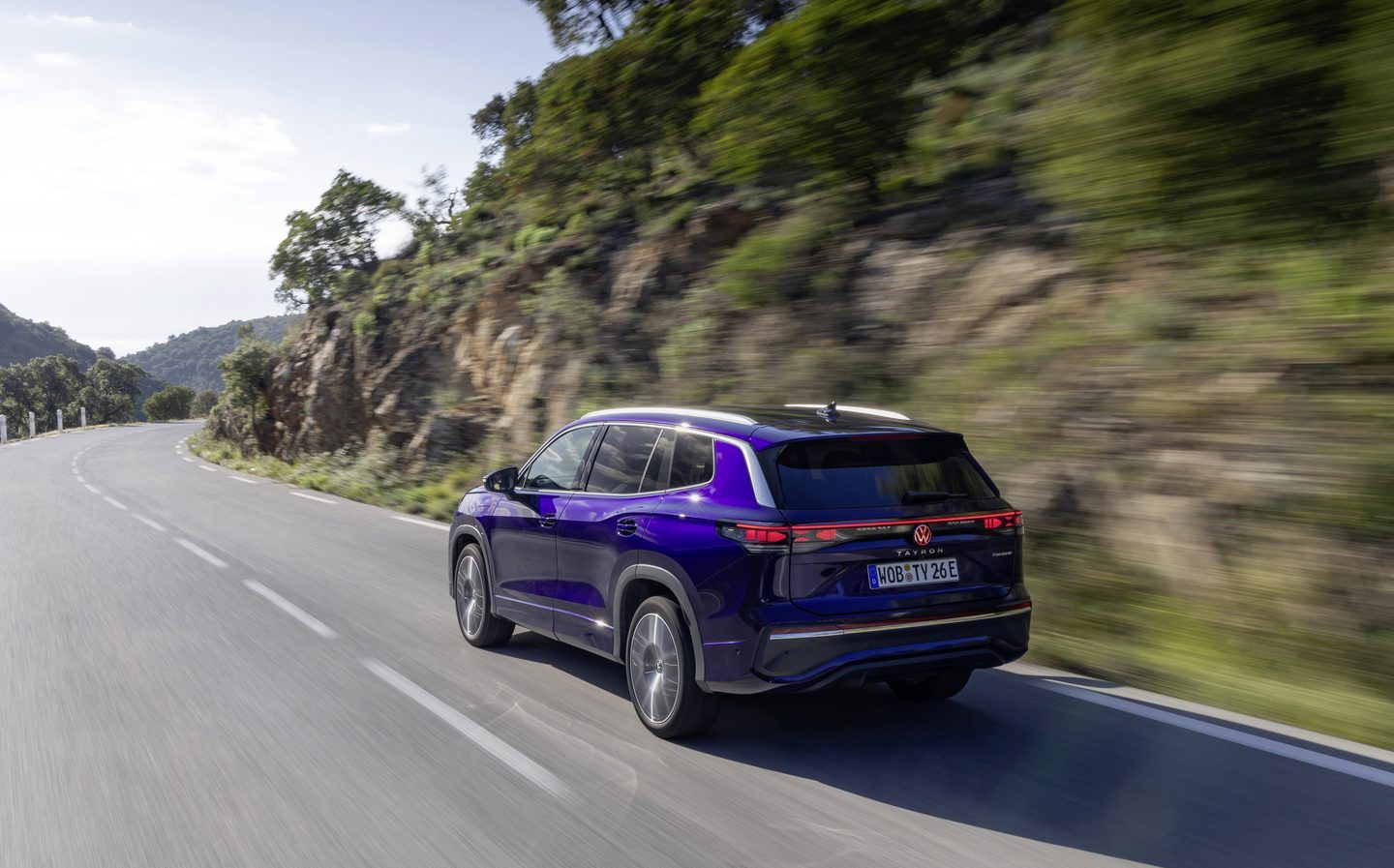Volkswagen Tayron 2025 review: Useful seven-seat SUV and decent PHEV — just not at the same time
Is it just a bigger Tiguan?
Volkswagen, by its very name, has always been the people’s car, and even today it’s a company that wants to offer something for everyone. Whether that’s a compact hatchback such as the Polo, a sleek electric estate car in the shape of the ID.7 Tourer or a Transporter van for hard-working tradespeople, Volkswagen (hopes it) has all bases covered. One gap in its portfolio left by the demise of the Tiguan Allspace was the seven-seat SUV. That position is now filled by the arrival of the Tayron.
The name, pronounced “tie-ron”, is a new one for the Volkswagen range, but it’s effectively a direct replacement for the old Tiguan Allspace. As its name hinted, that was essentially a stretched Tiguan that had more boot space and up to seven seats. This time around, as this remains a strong and competitive segment of the SUV market, Volkswagen has created a unique model to sit between the existing Tiguan and the luxury-focused Touareg.
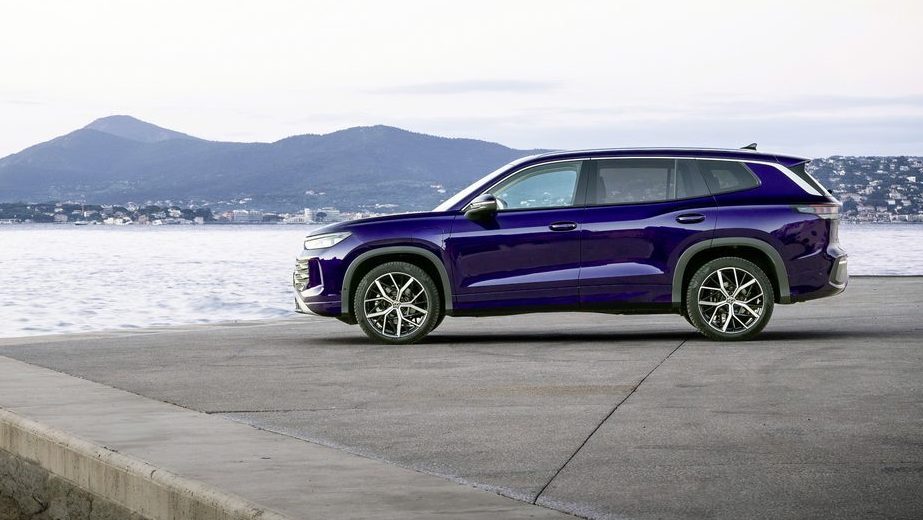
At just shy of 4.8 metres long, the Tayron slots in almost perfectly into the space between those two SUVs. The exterior design carries Volkswagen’s familial look, albeit with a blockier silhouette than the Tiguan’s. Details include LED headlights that are available with the company’s “IQ. Light” matrix technology (allowing dipped headlights when objects are detected, but full beam around them) and an illuminated VW logo on the nose.
The same treatment is available for the logo on the back, topped by a full-width light bar and some neat-looking three-dimensional rear lights that aren’t dissimilar to what you’d find on the VW ID.5 electric car.
Volkswagen’s designers haven’t lost the run of themselves with complicated surfacing on the bodywork or anything that might make the Tayron look a bit too divisive. It’s very much a case of playing it safe to capitalise on mass appeal.
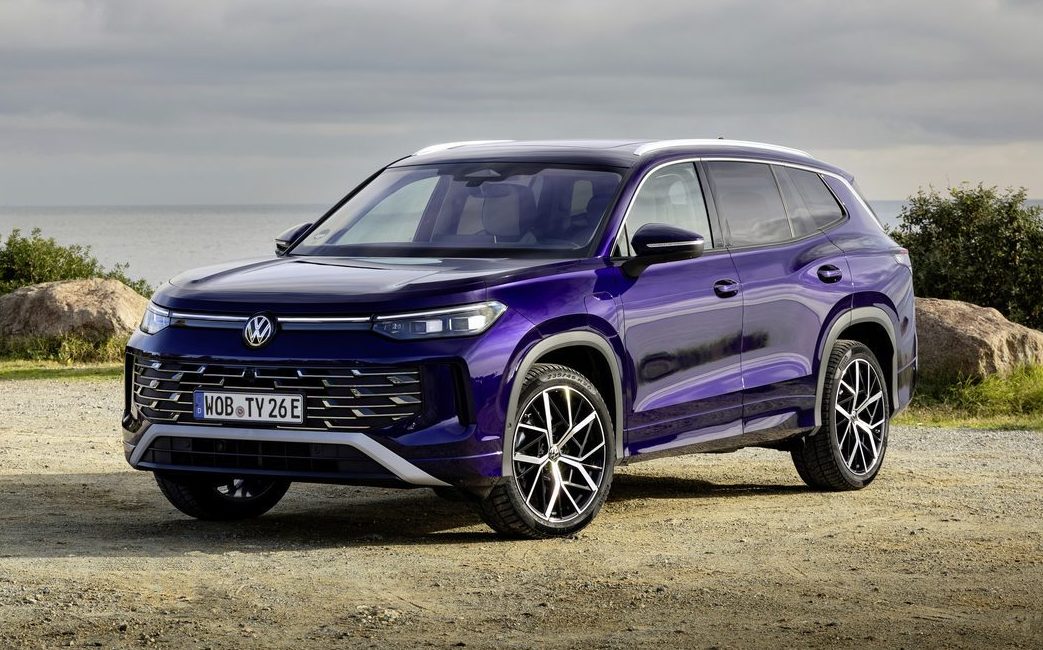
There’s the choice of five specifications in total: Life, Match, Elegance, R-Line and R-Line Edition. The first three are largely similar on the outside, save for either 18in or 19in alloy wheels and different grille sections in the lower bumper. The latter two adopt a sportier image with 20in wheels and a more prominent grille section in gloss black, which is repeated in the rear bumper.
Behind the steering wheel — which now sees a return of proper buttons rather than annoying-to-use haptic touchpads — there’s a clean and mostly digital dashboard vista. The 10.25in configurable instrument display is laid out clearly, while the central touchscreen for the infotainment system comes in two sizes. Standard is a 12.9in screen, while there’s the option to upgrade that to a more substantial 15in unit. If you’re chasing screen real estate then it’s worthwhile, but it does look more like an afterthought that’s been bolted onto the otherwise well-proportioned dashboard.

The panel in front of the passenger seat and the inserts on the tops of the doors feature ambient lighting that shines through and can be adjusted to assorted colours. It adds more interest to the Tayron’s otherwise somewhat stark interior, notably so at nighttime.
A commitment to using only automatic transmissions in the Tayron frees up centre console space as drive selection is via a column-mounted stalk rather than a conventional shifter. In its place is a neat rotary controller that can adjust stereo volume, switch between driving modes and alter the ambient lighting.
More useful still is the wireless phone charging pad that sits ahead of that, below a cover to (optimistically) prevent you from grabbing your phone while driving. There’s wireless smartphone mirroring to help with that.
Some may find it surprising that Volkswagen continues to offer a diesel engine for the Tayron, but for many drivers, it remains the best option. The official 50.9mpg average isn’t to be sniffed at, and the 2,000kg towing capacity is another benefit. Surprisingly, Volkswagen has managed to make the latest iteration of its 2-litre turbocharged four-cylinder diesel engine quieter.
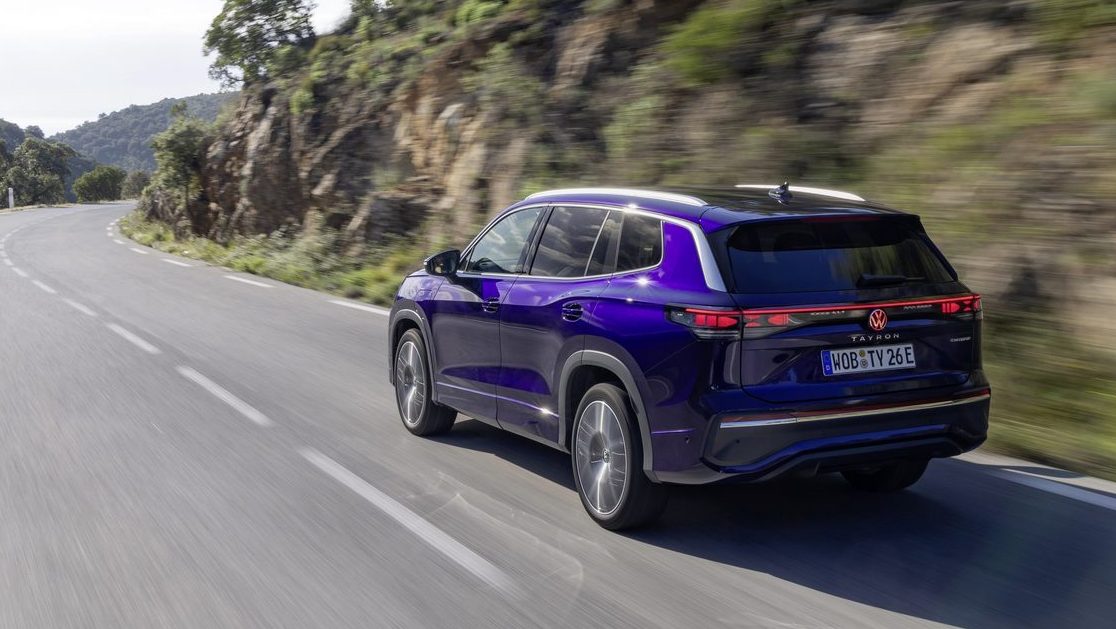
Not only does it make less noise, thanks mostly to improved sound insulation that includes thicker glass on the front, it is more responsive than VW’s diesels have felt in recent years. That makes for more relaxed and yet swifter overtakes when required and generally smoother running at motorway speeds. The optional adaptive chassis control set-up further irons out the ride.
While that driving refinement is welcome, and it certainly makes journeys easy in the Tayron, it’s unlikely to be the main reason family buyers will be looking to purchase this car. It’s what goes on behind the driver’s seat that is more relevant, and there they’ll find the rear seats do provide generous levels of headroom and legroom.
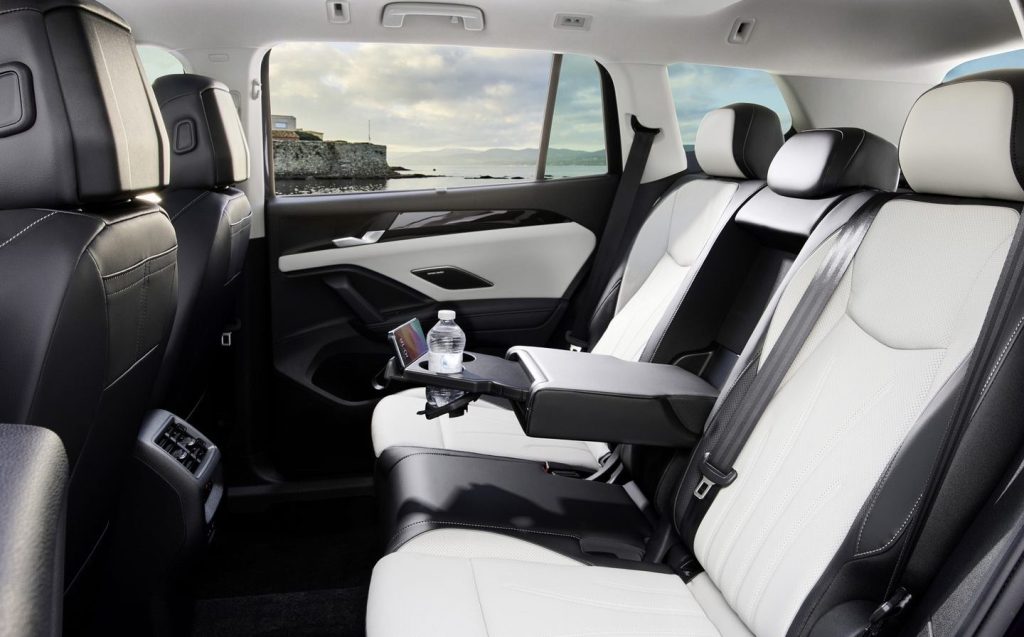
As can often be the case, when it comes to getting into the rearmost seats, a degree of contortion is required to get in and out — at least if you’re an adult. The combination of being set back into the deepest depths of the cabin, a shallow seat-base-to-floor ratio and partially folded middle-row seat don’t make it super convenient.
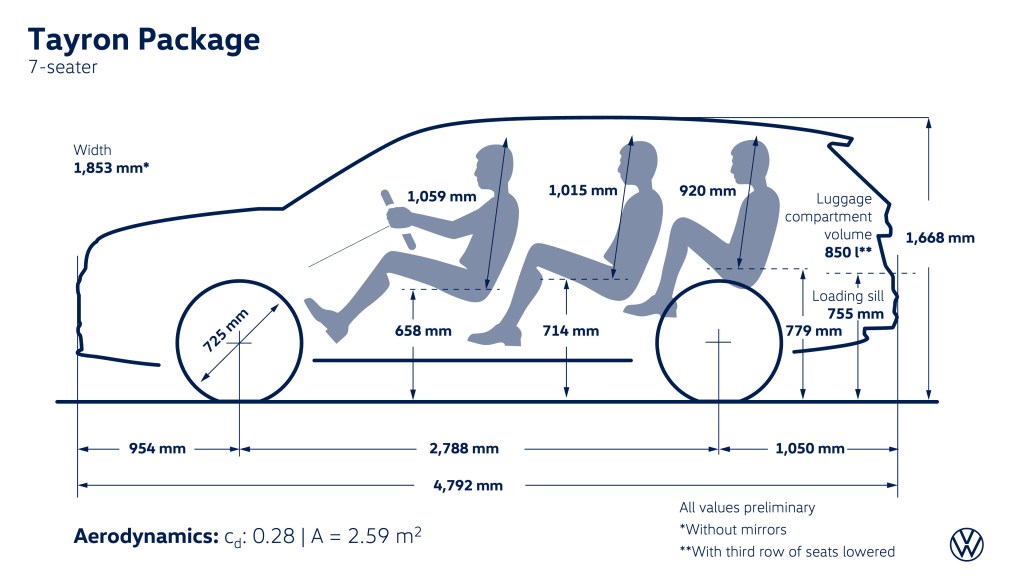
Sure, that middle row can slide forward, so you’re not quite resting your jaw on your knees, but doing so may come only after some negotiation between fellow passengers to give up their space. But isn’t compromise what family life is all about sometimes?
Not that granny or granddad will want to attempt getting in: that third row is best reserved for smaller children rather than adults, especially over longer journeys.
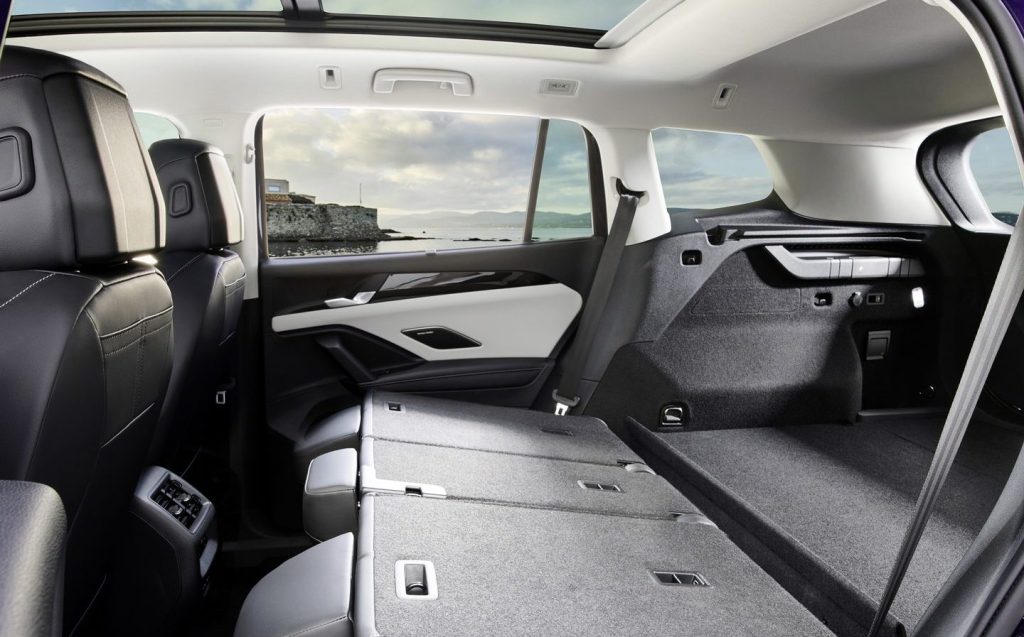
But therein lies one of the issues with the Tayron. If you do need that row of additional seating, then you’ll have to forgo the perks of a plug-in hybrid. In the Tayron, you can have one or the other, but not both at the same time. The portion of floor where the third row of seats would fold down into is the same space required to house the sizeable battery for the plug-in hybrid system.
That’s a pity because the PHEV could well be the best Tayron of the lot, thanks primarily to what said battery brings to the table. At 19.7kWh, the lithium-ion unit provides enough energy to give the Tayron an official electric driving range of up to 76 miles, depending on trim level. That’s a really useful distance. Even if you struggle to match that official figure in real life (which you will), for many, it’ll still be more than sufficient to cover almost all day-to-day journeys.
Although it remains solely a front-wheel-drive set-up, the plug-in hybrid produces a useful 201bhp, making it the most powerful Tayron. Its 85kW electric motor is powerful enough to pull the Volkswagen along on its own at a healthy clip in urban and city settings, and for all intents and purposes, it drives and feels much like an electric car in terms of powertrain smoothness and quietness.
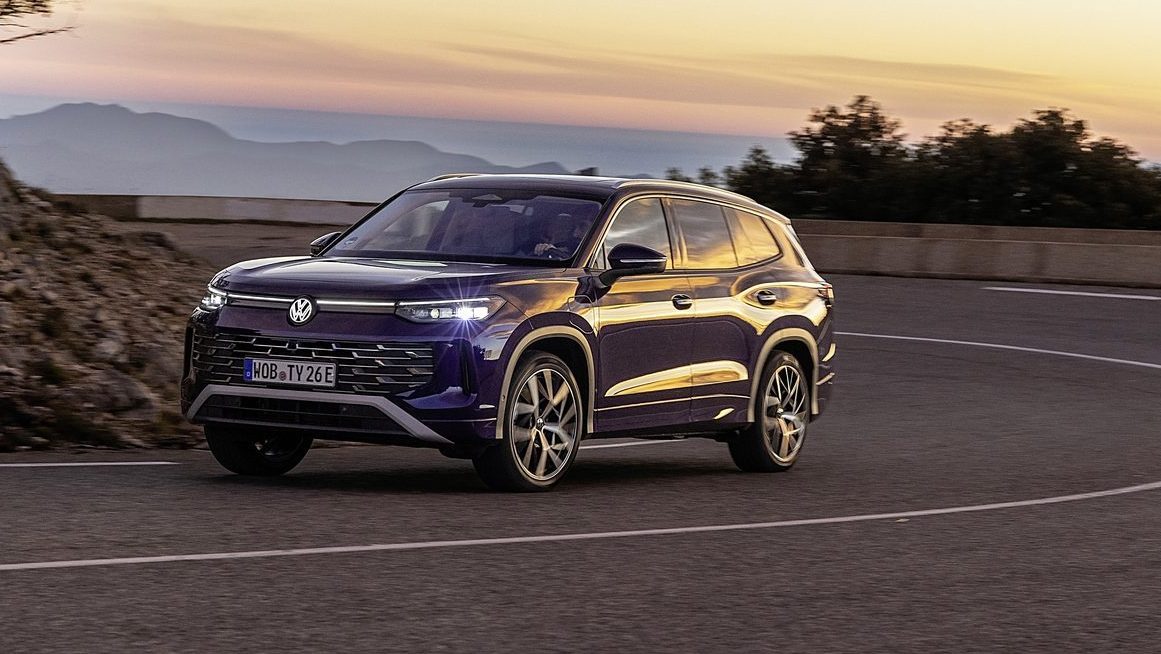
A more powerful PHEV version (only available in the R-Line spec) offers up to 268bhp without any major sacrifice to the electric driving range. Ensuring it behaves itself on the road, the PHEV gets VW’s nifty adaptive damping as standard, in part to help compensate for the additional hybrid powertrain weight. Both PHEVs can also make use of DC fast charging for quicker top-ups when away from home.
There is a third engine option if you don’t want to deal with plugs at all, which comes in the form of a 1.5-litre mild-hybrid. It matches the diesel’s 148bhp output and isn’t a million miles behind in terms of official fuel consumption figures.
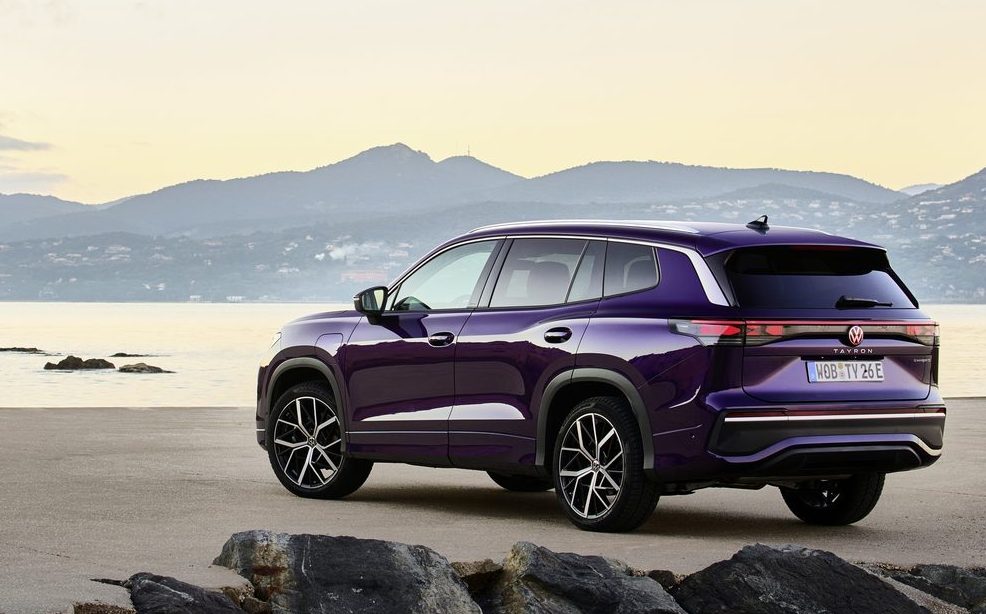
You’ll need £39,850 to get into the 1.5 eTSI Tayron in the entry-grade Life specification, which means it’s the only version that escapes the government’s expensive car tax supplement (now £425 on top of the standard rate for five years from the second year it’s taxed), which kicks in at £40,000.
The 2.0 TDI diesel costs £41,050 in the same trim level, with the PHEV a further £2,855 at £43,905. You’ll have to do a lot of driving on electric power to claw back that extra cost. What’s more, you’re paying more for fewer seats — you’ll only have five rather than the the option of seven with the petrol or diesel Tayrons.
Similar price walks continue as you move up through the specification grades. The Tayron Elegance, which sits below the range-topping R-Line versions, starts from £42,420 for the 1.5 eTSI, £43,620 for the 2.0 TDI and up to £46,475 for the PHEV. For reference, a similar spec Tiguan PHEV costs £45,125 — a £1,350 difference for subtly different styling and a slightly larger boot.
In many ways, and putting aside purchase costs for a moment, the plug-in hybrid is the one to have if you want to get the best experience from driving a Tayron. After all, Volkswagen set out to make the Tayron as refined as possible, and the PHEV epitomises that.
So, it’s a real pity that the Tayron’s other raison d’être — to serve as a seven-seater — isn’t possible as a plug-in hybrid, leaving it effectively as a Tiguan with a larger boot. Volkswagen may want its latest SUV to be all things to all people, but it also demonstrates that you can’t always have your cake and eat it.
Related articles
- If you were interested in the new Volkswagen Tayron, you might want to read our review of the Volkswagen Tiguan as well
- You might also be interested to read our review of the Volkswagen ID.5 GTX
- New Volkswagen California camper based on car underpinnings and available as a hybrid
Latest articles
- F1 2025 calendar and race reports: The Formula One season as it happens
- Extended test: 2024 Renault Scenic E-Tech review
- Smart #5 2025 review: Not a high five, but the best Smart for years
- BMW iX xDrive45 review 2025: Divisive looks remain but updated electric SUV is otherwise superb
- Aston Martin Vantage Roadster 2025 review: Still hardcore but with added pose factor
- Updated Skoda Enyaq vRS matches 0-62mph time of Czech firm’s fastest-ever car
- Long Way Home review — Ewan McGregor and Charley Boorman hit the road again
- ‘I was a tear-soaked mess’ — Richard Hammond opens up on his last Top Gear show during new race with James May
- Charley Boorman: Potholes? You should see the ones Ewan and I faced in Kazakhstan


